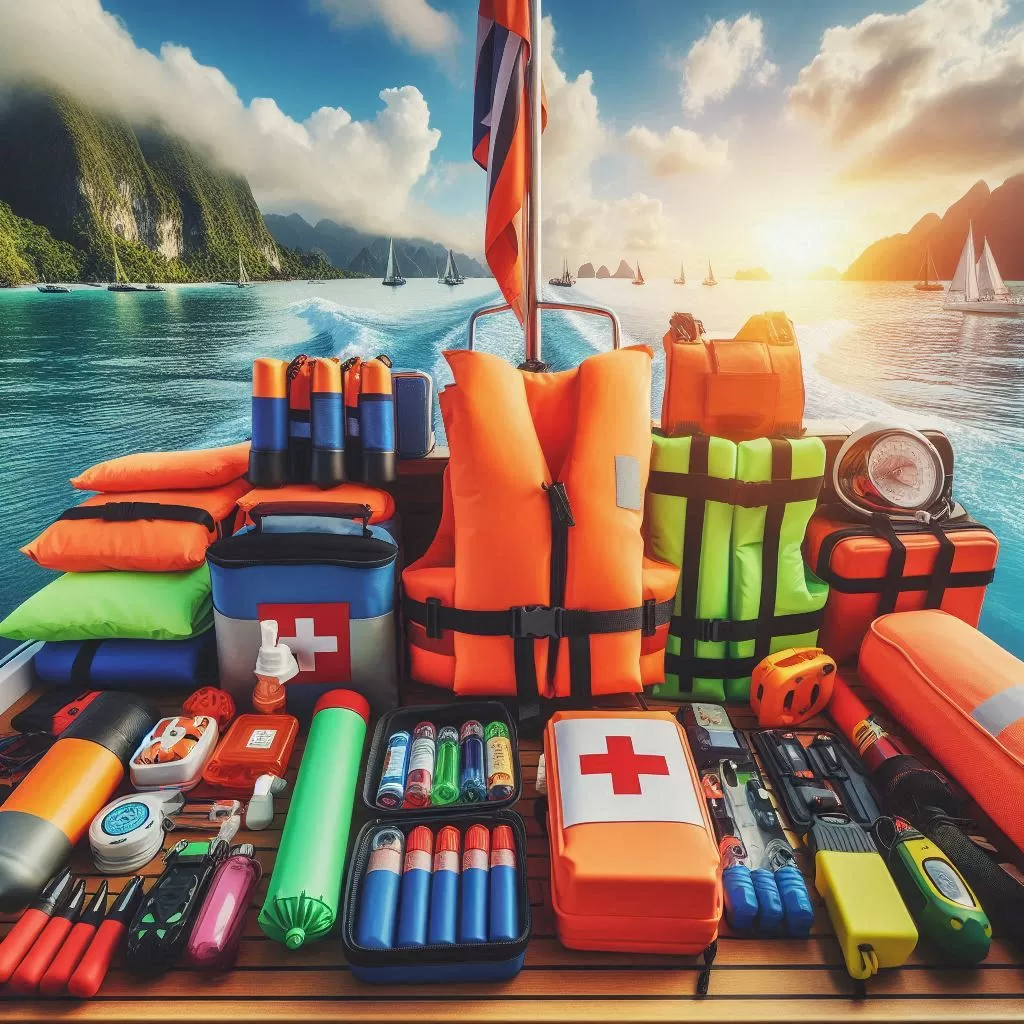Spring-time is here, and I wanted to write about an experience I had last Spring when it comes to my boat’s batteries. Nothing can take the joy out of uncovering your boat, cleaning her up, climbing into the driver’s seat and cranking the key only to be left with the dreaded *click* *click* *click* sound. It happened to me on what was just a 3-year-old cranking battery, and I vowed to take better care of my batteries this past fall.
Let’s face it — no one wants to start the spring fishing season with a dead battery. It’s time-consuming, expensive, and downright sad. You end up having to drive to the store, buy an expensive replacement battery, install it, all while missing precious time on the water. One of the best things you can do for your battery is to ensure it is properly stored during the coldest months of the year. Correct battery winter storage can be the difference come springtime!
Regular maintenance is important when it comes to batteries. Different types require different amounts of maintenance. Lead acid batteries require watering and removal of corrosion while other types are considered “maintenance free”. Make sure you understand your battery type before purchasing a replacement. Weigh your options. Higher quality batteries that require little to no maintenance often are 2-3 times the cost of their traditional lead-acid counterparts.
✅ Winter Storage Checklist
- Charge the batteries one final time: Make sure your batteries are fully charged one last time. For some battery times, a full charge helps reduce the risk of a frozen battery over the bitter cold winter months.
- Disconnect the negative and positive cables: This helps ensure there will not be any electronics on the boat that may have a parasitic power draw, causing your battery to deplete that full charge you just gave it. It is true that all batteries have self-discharge, but removing your cables entirely helps ensure that there is no further slow drain stress being introduced to the equation.
- Check the voltage: A full charged battery should read 12.6V when hooked up to a voltmeter. If your battery charged indicates a full charge, and your voltmeter reads anything less than 12.6V, it’s likely that your battery is on it’s way out the door. Last fall, my 24V trolling motor batteries (rigged in parallel) were only reading 6.2V combined. Only then did I realize I forgot to add water to the cells over the summer. Too little, too late.
- Remove and store: Perhaps the most important step — physically remove the batteries from your boat (especially if stored outdoors) and bring them into a cool, dry place where they won’t reach freezing temperatures. If bringing them inside, be sure to place them on wooden surfaces (ideally) or on a spare piece of cardboard. Avoid placing them directly onto concrete floors.
- Connect your trickle chargers: Optionally, you can go the extra mile and hook the stored batteries up to slow trickle chargers to help make sure they stay fully charged and ready to go in the Spring. If you do this though, make sure you are using the correct charger for your battery type. Flooded and AGM batteries frequently demand different chargers and algorithms to help ensure longevity. Nowadays, you can buy a “smart charger” which you can configure the battery type on and the charging cycle algorithms will adjust accordingly. Personally, I prefer the Minnkota On-Board Precision Charger which you can order based on your needs. Have two batteries for your trolling motor? Order the two-bank option. I use the NOCO GENIUS2D onboard battery charger to keep my cranking battery on a trickle charge when the boat is stored in my driveway.
This past fall, I brought all 3 of my marine batteries indoors to store them from December – February: my starting battery and my two trolling motor deep cycle batteries. They sat in my office floor connected to trickle chargers. In March, I hooked everything up and was ready to go out on the water within just a few hours. Taking time in the fall to properly maintain critical components of your boat can be the difference between going out and landing “the big one” or spending your afternoon inside AutoZone.


